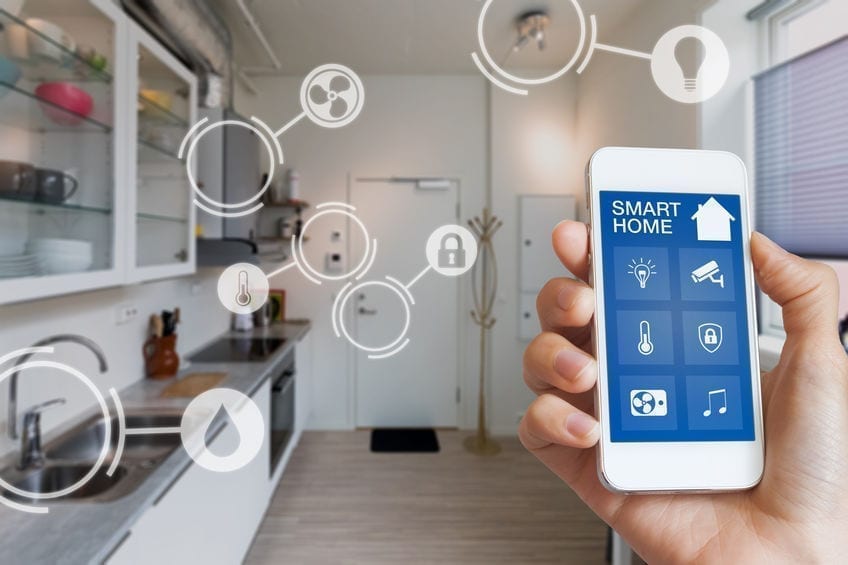Are you thinking about making your Albuquerque home a little smarter? With smart home technology, what was once the world of the future is today’s reality. With a single voice command, you can perform a vast array of functions, like turning on your lights, opening the garage door, setting the thermostat, or playing your favorite playlist.
This might sound like it’s complicated to set up. But if you follow these 3 steps, you’re smart home will be ready in no time.
1. Make Sure Your Internet Connection Is Up to Speed
Before you start investing in smart home gear, check your internet and make sure it's reliable, fast and has an unlimited data plan. You'll want a reliable internet connection and a high data cap (or none at all!) to get the best out of your smart home.
One smart device might not require a lot of data, but as you add more, the total can balloon—especially if you stream videos or perform other intensive tasks simultaneously.
2. Choose Your Voice Assistant
Before you start buying smart home gear, decide whether smart assistants are a good idea. Alexa, Siri, and Google Assistant are all great in their own ways, but their integration with smart devices varies quite a bit. This means that you may need to select your devices based on their compatibility with the assistant.
Alexa
Alexa offers the most integration options of any of the assistants. So if voice control is important to you, Alexa can probably handle it. You can get Alexa on smartphones and Amazon Echos.
Siri
Siri has the fewest integration points, is only supported on a limited number of devices (Apple only), and is considered the poorest voice assistant of the three. Siri is available on iPhones, iPads, Apple Watches, and HomePod speakers, so it's best to be heavily invested in Apple's products already.
Google Assistant
Google Assistant is midway between Alexa and Siri. It offers fewer integrations than Alexa, but it is the best digital assistant for answering questions, thanks to Google’s impressive machine-learning ability. Google Assistant is available across a wide range of platforms, including the Google Home smart speaker.
3. Start Adding Your Devices
Once you have decided which assistant is the right one for you, start looking for devices that work with it. Examples of common devices include smart thermostats, video doorbells and smart lighting.
Smart Thermostats
Several benefits are provided by thermostats like the Nest Learning Thermostat:
They learn your preferences, so you don’t have to adjust them much.
They are very energy efficient. Typically, the Nest will pay for itself in energy savings after about two years. Beyond that it’s all extra money in your pocket.
You can control them from your smartphone and adjust the temperature before you get home.
Nest isn’t the only maker on the market, but it was arguably the most talked about. It looks great, and it functions well.
Video Doorbells
Video doorbells have become quite popular. You can see who’s there and even speak to them—even when you’re not at home. They’re also a great deterrent to package theft, which is becoming increasingly prominent. Ring makes a great video doorbell.
Smart Lighting
Another popular choice is smart lighting. In addition to the usual smartphone control and automation, smart lighting like Philips Hue comes in a variety of colors. The color and color temperature may be set pretty much to anything you want, which is great to set the mood. The bulbs also last a long time and do not consume lots of power, so they are good for the environment and your wallet.
Many more smart home options are available to explore, but this list should provide you with enough to get you started with a reliable and safe smart home. So, what are you waiting for? Get going and start enjoying the convenience and benefits of a connected home today.
